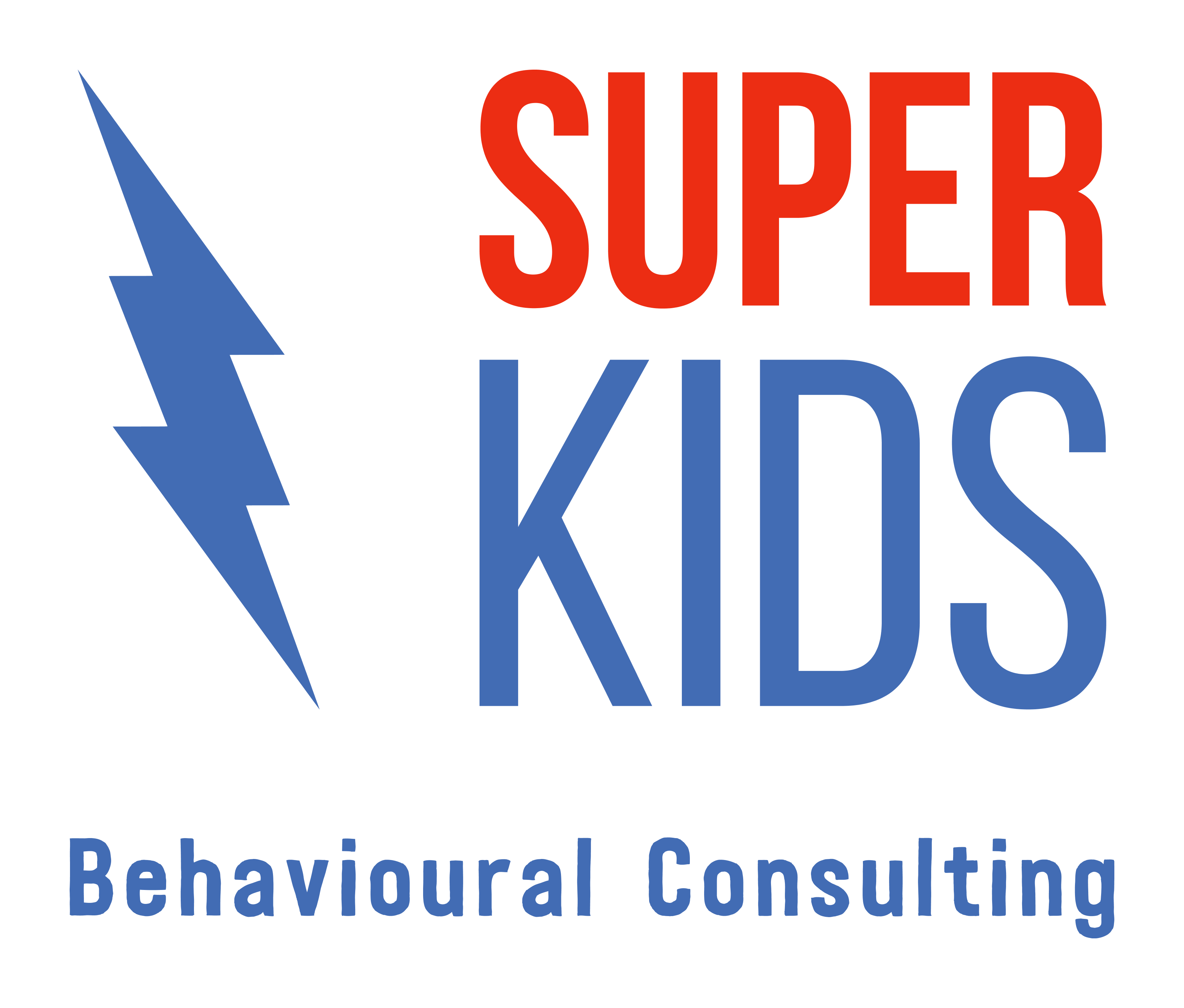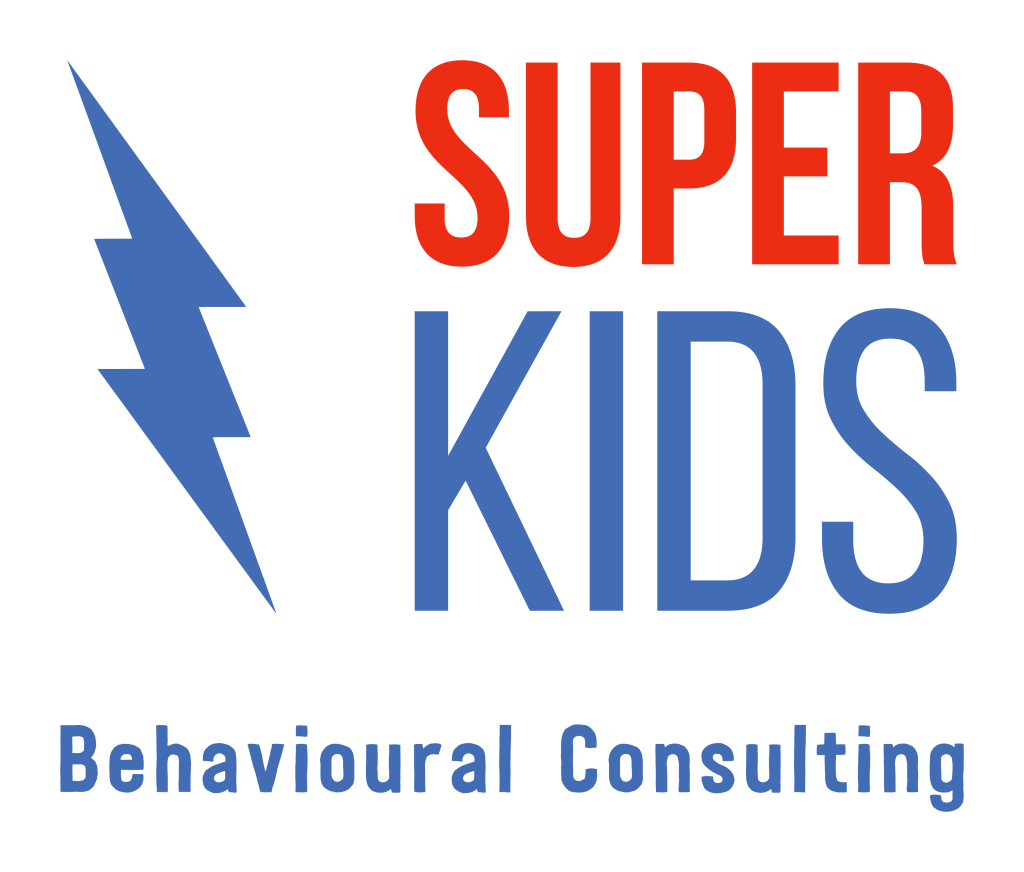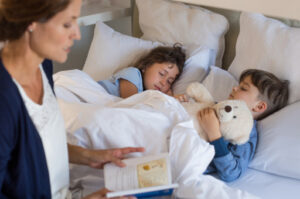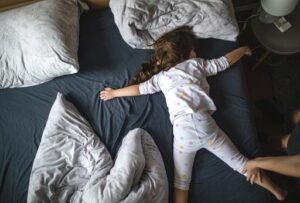Tailoring Bedtime for Your Child's Preferences

Anita Bennett-Stewart
Behavioural Sleep Specialist & Behaviour Consultant
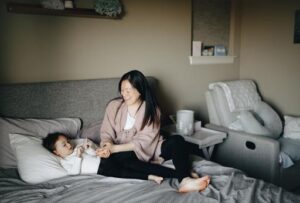
Today we celebrate both World Sleep Day 20231 and Neurodiversity Celebration Week 20232!
Sleep is foundational to the health of every individual and is just as important as diet and exercise. Consistently having a good night’s sleep helps us be our best selves.3
Neurodivergent children, including Autistic children, may have specific, unique preferences and support needs around their daily routines. Tailoring sleep support to the strengths, challenges and preferences of every individual is critical to building a happy and relaxed bedtime.
Here are our 3 questions to ask when tailoring a child’s bedtime around their preferences:
1. How does your child prefer their bedroom set up?
Notice how your child prefers to have their bedroom set up at bedtime. Here is a helpful checklist to observe your child’s preferences in:
- Location of items in the room
- Lighting, for example lights dimmed, off, or using a nightlight
- Level and type of sound, such as white noise, a playlist or background noise
- Temperature and set-up of fans or air conditioning
- Door open, closed or ajar
2. How does your child prefer their bed set up?
Observe if your child has specific preferences around their bedding or clothing at nighttime, such as having:
- A light sheet, quilts or doona, and how these blankets are arranged
- One or two pillows, and how these pillows are arranged
- A favourite set of pyjamas
- A comfort toy (or sleep aid) to hold onto overnight
3. How does your child prefer to be bid goodnight?
Consider how your child most likes you to bid them goodnight before sleep. This might include:
- Who bids them goodnight
- Location of the parent, such as sitting on the bed, on a chair, or next to the bed
- Any activities before being bid goodnight, including bedtime stories or talking about the day
- Whether older siblings join for bedtime stories when they are put to bed
Every person has individual preferences in their daily routines, especially sleep. Building your child’s bedtime around their preferences can create a happy and relaxed bedtime that both you and your child enjoy.
Disclaimer: The advice in this article is general in nature. If your child experiences sleep difficulties, reach out to a trusted professional for further individualised advice and support.
Resources:
- World Sleep Society (2023). World Sleep Day. https://worldsleepday.org/
- Neurodiversity Celebration Week (2023). Neurodiversity Celebration Week. www.neurodiversityweek.com/
- Van Dyk, T. R., Thompson, R. W., & Nelson, T. D. (2016). Daily bidirectional relationships between sleep and mental health symptoms in youth with emotional and behavioural problems. Journal and Pediatric Psychology, 41(9), 983-992.
Super Kids acknowledges each individual’s personal preference to use identity-first or person-first language to describe themselves or their loved one. We interchangeably use both language conventions and therefore refer to both Autistic children and children with Autism.
